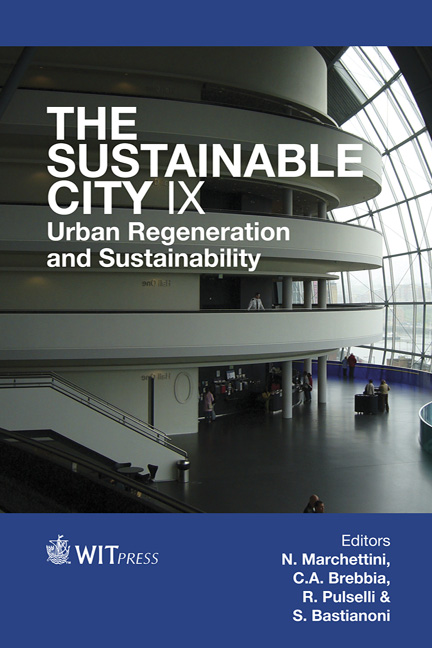Securing Water Sustainability Through Innovative Spatial Planning
Price
Free (open access)
Transaction
Volume
191
Pages
11
Page Range
283 - 293
Published
2014
Size
360 kb
Paper DOI
10.2495/SC140241
Copyright
WIT Press
Author(s)
H. E. Rohr, W. Fourie
Abstract
Planning in South Africa operates within a legal framework, which strives to ensure that municipalities deliver their developmental duties (in terms of Section 153 of the Constitution). South Africa’s approach to Spatial Planning and Land Use Management is undergoing major changes in order to escape from our legacy of apartheid planning, as well as to ensure sustainable development and better management of municipal land. However, the increasing urbanisation, densification and related urban challenges of the modern urban environment is also increasing the pressure on sustainable resources exponentially. South Africa is a water scarce country, and all predictions points to global warming exacerbating this problem. The science of urban planning focusses both on designing the future shape of our cities, as well as managing the current land uses present in our towns and cities. In the past, land use planning has often been divorced from infrastructure planning (e.g. water) to the detriment of sustainable cities. The new legislation enacted in August of 2013 Spatial Planning and Land Use Management Act (SPLUMA) promotes a much closer link between planning for land use and planning for infrastructure. The study focusses on ways that spatial planning and land use management can contribute to water management within the built environment. The aim of the study is to provide a strategy to deliver the most sustainable water services infrastructure at the right time and location to enable and optimise existing and future development.
Keywords
water sensitive planning, land use management, integrated spatial planning, South Africa Spatial Planning and Land Use Management Act





